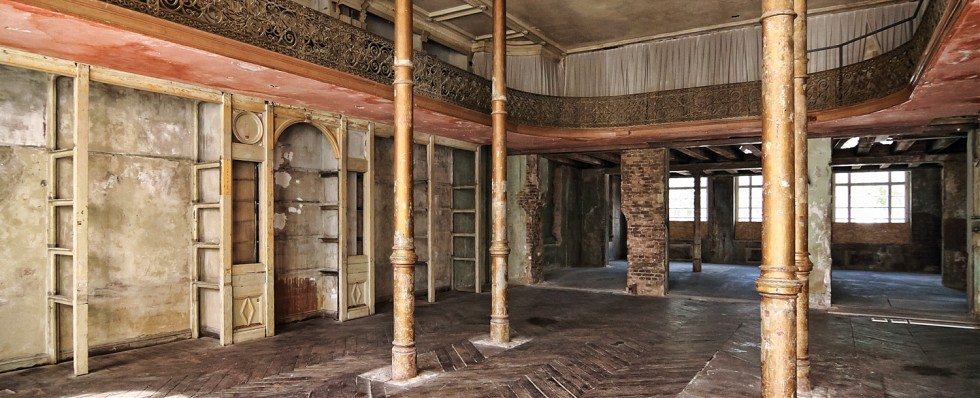
Espace Surplus – literally “excessspace ” – was founded in September 2006 by Bettina Springer in an apartment in the Knaackstrasse 7 in Berlin Prenzlauer Berg. The name alludes to the double use of the rooms – home and at the same time Showroom, and therefore implies the actual opposite of an excess space. In this sense, one can understand “Espace Surplus” as the relativity of space, connected with the appeal to create spaces and to acquire them anywhere and anytime.
The core of Espace Surplus’ work is “Site-Specific Art”, but is not limited to a purely physical place. In times where the consumerism specifics of site-specific artworks receive increasinly more criticism, it is important to refocus on the art and its surrounding space. Especially because the fast developments of the art market are relegated to something else and since the museum praxis acts differently, it is crucial to stop the increasingly rapid market cycle and to consider art in its “assigned place” for a moment.
The assignment to a place – not only as spatial, phenomenological, but equally as socially aware and understanding of conceptual, discursive positioning – allows one to grasp the reference of the artwork as an alternative to autonomous free-floating work of art and to set it within a scene
Espace Surplus has regularly focused on a very specific context and has simultaneously worked actively on an appropriate contextualization at its various sites of action. Within “Espace Surplus – School of meaning and collecting”, for example, art mediation played a major role. It is their relationship (maybe better: references) that make contemporary art understandable and readable, and therefore must be made comprehensible. The disclosure and production of covers is also the engine of interdisciplinary work Espace Surplus. The interrelationships of collaborations with various partners – be it musicians, authors, performers or media – are abounding for the understanding and deepening of art,
This is exactly where Espace Surplus comes in: Art is situated by presenting references and making them for the audience experienceable. Without being restrictive or final, always keeping the freedom of the beholder in view – that is how opportunities are made.

